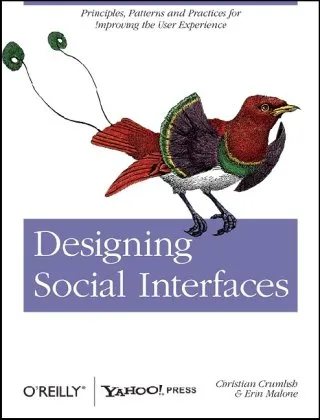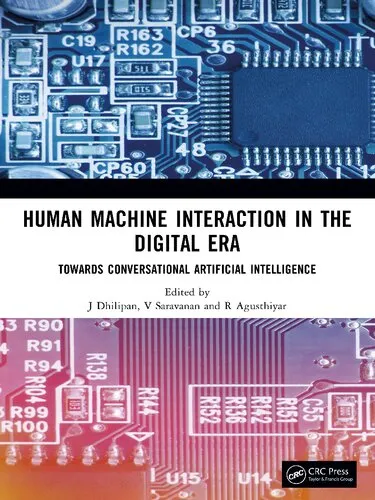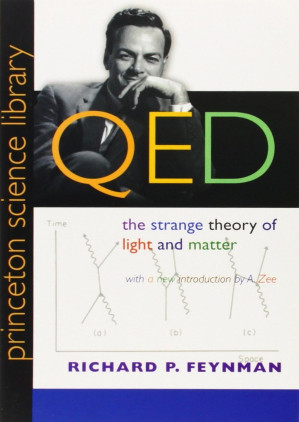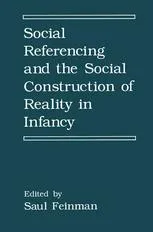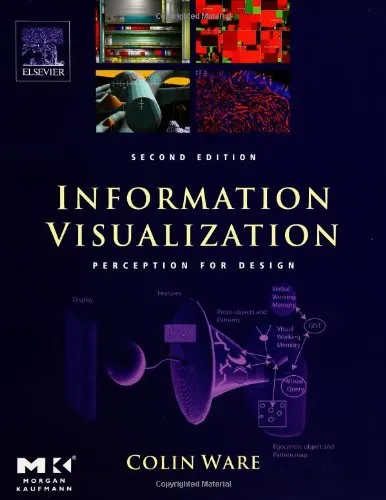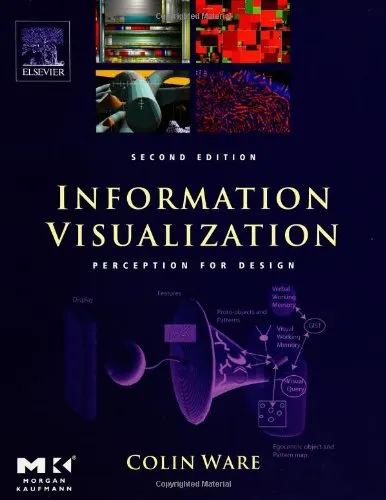From Brows to Trust: Evaluating Embodied Conversational Agents
4.0
Reviews from our users

You Can Ask your questions from this book's AI after Login
Each download or ask from book AI costs 2 points. To earn more free points, please visit the Points Guide Page and complete some valuable actions.Related Refrences:
Introduction
In an era where technology is seamlessly integrated into our everyday lives, the interaction between humans and machines has rapidly progressed from basic commands to meaningful, engaging dialogues. "From Brows to Trust: Evaluating Embodied Conversational Agents" delves into this fascinating evolution, focusing on the design, evaluation, and impact of Embodied Conversational Agents (ECAs). This book brings together perspectives from diverse disciplines, offering a multidisciplinary lens on how ECAs build connections with users and foster trust. By addressing both theoretical aspects and practical implementations, the book serves as an invaluable resource for researchers, developers, and enthusiasts intrigued by the future of human-computer interaction.
Edited by Zsófia Ruttkay and Catherine Pelachaud, two renowned experts in the field, the book stands as a compendium of cutting-edge research, thoughtful analysis, and assessments of ECAs. The title itself hints at the core journey explored in its pages — how facial expressions, behaviors, and design impact the way humans perceive and interact with ECAs. As our reliance on digital agents grows in areas ranging from virtual assistants to artificial psychotherapy, understanding their effectiveness has become more critical than ever.
Detailed Summary of the Book
The book is structured around an in-depth exploration of ECAs, focusing on their ability to foster trust and emulate human-like interaction through sophisticated behavior and embodiment.
It begins by laying the conceptual foundation, discussing what ECAs are and why they matter in human-computer interaction contexts. From verbal communication to nuanced non-verbal cues like facial expressions and eye movements, the book examines the mechanisms that make ECAs more believable and relatable to users. By integrating psychological, linguistic, and computational theories, the authors highlight the complex nature of designing effective agents.
The middle sections of the book address evaluation methods, emphasizing the importance of assessing ECAs beyond mere technical efficiency. Factors such as user satisfaction, perceived trust, and emotional responses are explored in detail. Learners will appreciate the discussion of varied methodologies, including quantitative and qualitative approaches, as well as case studies demonstrating practical applications.
Finally, the book looks toward the future, contemplating the ethical considerations, potential biases, and societal implications of adopting ECAs widely. It reflects on their transformative role in industries such as education, healthcare, and customer service, envisioning how ECAs can enhance human experiences while mitigating concerns.
Key Takeaways
- Understanding the core features and capabilities of Embodied Conversational Agents (ECAs).
- Exploring how non-verbal behavior enhances believability and trustworthiness in ECAs.
- Learning crucial methods and best practices for evaluating ECAs.
- Recognizing the ethical challenges and societal implications of ECA deployment.
- Gaining insights into future trends shaping the development of ECAs.
Famous Quotes from the Book
"The essence of trust in human-machine interaction is not merely to replicate humans but to make the artificial entity reliably communicate its purpose."
"Facial expressions and non-verbal cues are not just add-ons; they are the heart of an ECA's ability to connect."
Why This Book Matters
"From Brows to Trust: Evaluating Embodied Conversational Agents" holds immense significance in the modern technological landscape. As ECAs become more prevalent in applications ranging from personal assistants to therapy and beyond, understanding their design and operation is integral to human-computer interaction studies. This book bridges the gap between academia and industry by offering practical knowledge backed by scientific research.
Furthermore, it emphasizes trust as a primary factor, shedding light on how developing trustworthy ECAs is not only an engineering challenge but a psychological and ethical one. By offering balanced insights into the benefits and potential drawbacks of ECAs, the book advocates for responsible innovation — an aspect especially relevant in today's era of rapid AI adoption.
Whether you're a researcher, practitioner, or simply an enthusiast of AI and human-computer interaction, this book provides actionable knowledge and profound insights. Its detailed approach to evaluating ECAs ensures a comprehensive understanding of not only what they are but what they can become in the evolving world of technology.
Free Direct Download
You Can Download this book after Login
Accessing books through legal platforms and public libraries not only supports the rights of authors and publishers but also contributes to the sustainability of reading culture. Before downloading, please take a moment to consider these options.
Find this book on other platforms:
WorldCat helps you find books in libraries worldwide.
See ratings, reviews, and discussions on Goodreads.
Find and buy rare or used books on AbeBooks.
1183
بازدید4.0
امتیاز50
نظر98%
رضایتReviews:
4.0
Based on 0 users review
"کیفیت چاپ عالی بود، خیلی راضیام"
Questions & Answers
Ask questions about this book or help others by answering
No questions yet. Be the first to ask!


